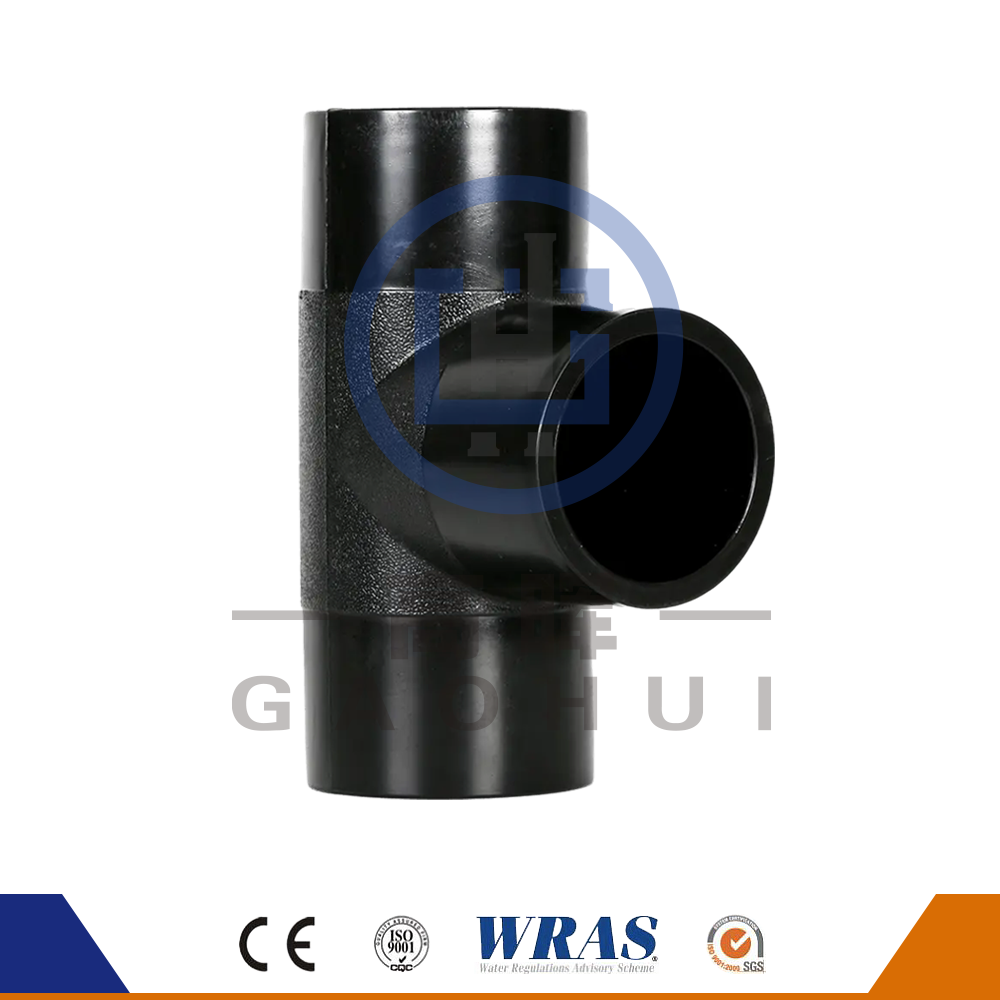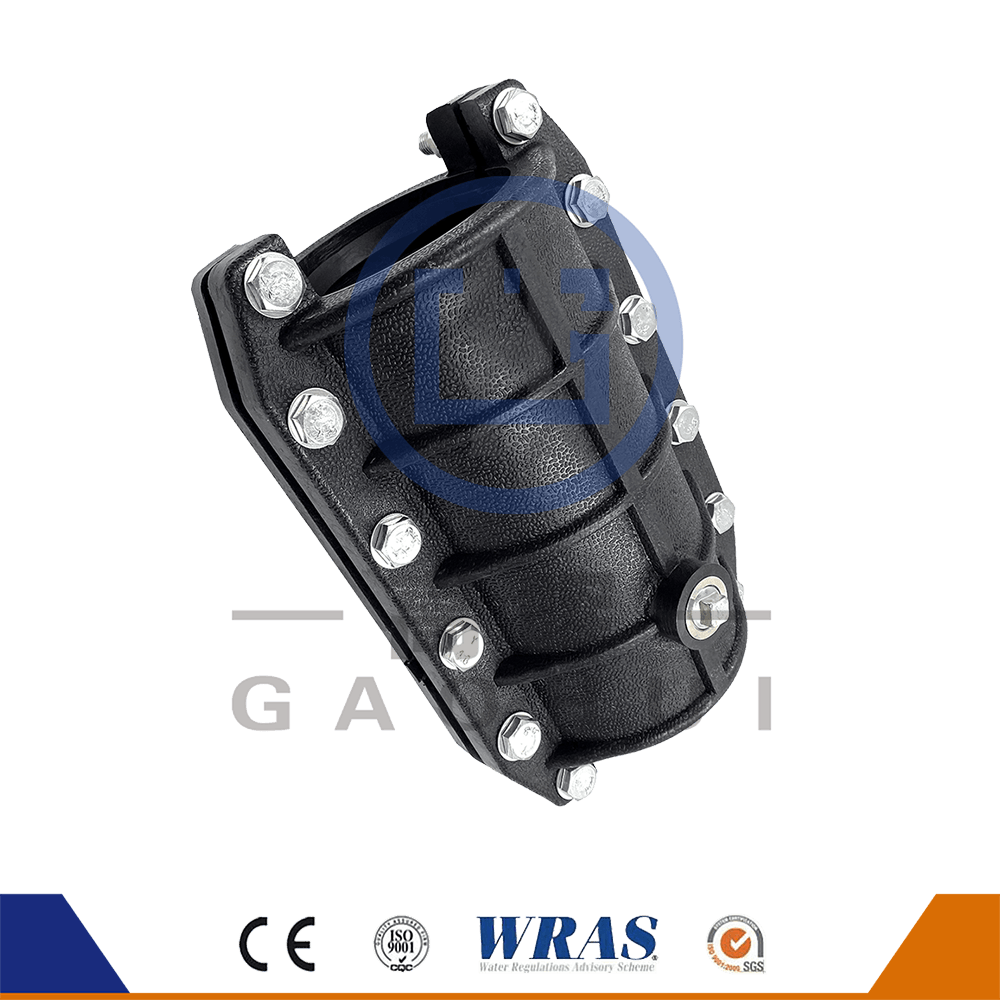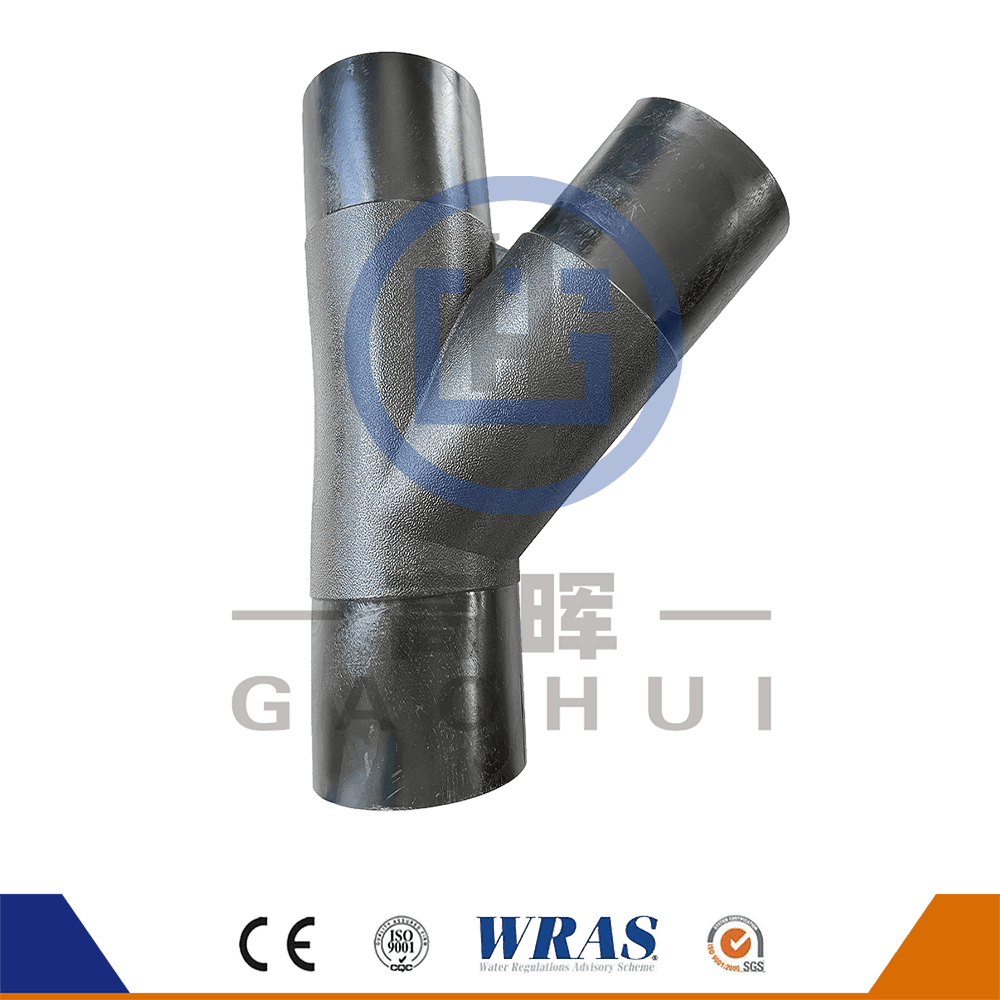Content
High-Density Polyethylene (HDPE) electro fusion fittings are a crucial component in the construction and operation of modern pipeline systems. Used for applications such as water distribution, gas pipelines, and industrial networks, these fittings offer a highly reliable, durable, and cost-effective solution for joining HDPE pipes. However, as with any specialized technology, the performance of HDPE electro fusion fittings is highly dependent on proper installation and regular maintenance.
What Are HDPE Electro Fusion Fittings?
HDPE electro fusion fittings are fittings that join HDPE pipes using electro-fusion technology. These fittings feature an internal electrical coil that, when heated, melts the material at the interface between the fitting and the pipe. This creates a strong, homogeneous bond that is resistant to high pressure, temperature changes, and corrosion, making it ideal for applications in harsh environments.
Electro fusion fittings are typically used for joining pipes in industries like water supply, natural gas distribution, sewage systems, and industrial applications, where reliability and resistance to leaks are critical.
Why Proper Installation Matters
The integrity of a pipeline network relies heavily on the quality of its connections. For HDPE electro fusion fittings, proper installation is essential to ensure that the bonds formed between the pipes and fittings are strong, leak-free, and durable. Improper installation can result in weak joints, increased maintenance costs, or even catastrophic failure of the pipeline system. Here are some key factors that highlight the importance of proper installation:
Ensures Strong, Leak-Free Joints
The main advantage of using HDPE electro fusion fittings is the creation of a strong, permanent bond that can withstand extreme environmental conditions. However, this bond can only be achieved if the installation process is performed correctly. Key installation parameters, such as the correct fusion temperature, timing, and fusion pressure, need to be followed precisely. Failure to do so can result in weak joints that are prone to leakage, which can cause significant damage to the pipeline system and increase maintenance costs.
Prevents Inconsistent Fusion
Inconsistent fusion during installation is one of the leading causes of weak joints and leaks in HDPE electro fusion systems. This can occur if the equipment is not properly calibrated, if the pipe or fitting surfaces are not adequately prepared, or if the fusion process is rushed. A proper installation process ensures that the fusion zone is uniform, resulting in a consistent bond between the pipe and the fitting. This uniformity is critical for maintaining the strength and durability of the pipeline over time.
Reduces Risk of Expensive Failures
Improperly installed electro fusion fittings are more likely to fail prematurely, which can lead to costly downtime and repairs. For example, in gas pipelines, a failure due to a poor fusion joint could result in significant safety hazards, including gas leaks or explosions. In water distribution systems, improper fusion can lead to water loss, service interruptions, and additional maintenance costs. Ensuring proper installation minimizes these risks, improving the reliability and performance of the entire pipeline.
Improves System Longevity
A properly installed HDPE electro fusion fitting ensures a longer service life for the pipeline system as a whole. When the fusion process is performed correctly, the joint becomes part of the pipe itself, making it highly resistant to stress, thermal expansion, corrosion, and other environmental factors. This contributes to a more robust and longer-lasting pipeline, reducing the need for repairs and replacements over time.
Steps for Proper Installation of HDPE Electro Fusion Fittings
To achieve the optimal performance of HDPE electro fusion fittings, certain best practices must be followed during installation. Below are the key steps for ensuring proper installation:
Surface Preparation
Before electro fusion can occur, the pipe and fitting surfaces must be clean and free of contaminants such as dirt, grease, and oxidation. If the surfaces are not properly cleaned, the fusion process will not create a proper bond. It is important to use a wire brush or cleaning pad to remove any dirt or oxidation from the pipe and fitting. Any foreign materials can interfere with the fusion process, leading to weak joints.
Correct Alignment and Positioning
Proper alignment of the pipe and fitting is critical for ensuring that the electro fusion process creates an even and uniform joint. Misalignment can result in weak spots, causing stress points that could lead to failure. The pipe and fitting must be positioned so that the fusion area is aligned properly, and the fitting must be kept in place while the fusion process is taking place.
Accurate Temperature and Timing Control
The electro fusion process requires precise control of temperature and timing. The fusion unit should be set according to the specifications of the fitting manufacturer, and the process should be monitored throughout. Overheating or underheating the fitting and pipe can result in an incomplete or weak bond. It’s crucial that the fusion unit maintains the correct temperature to ensure a strong, durable joint.
Use of Professional Tools and Equipment
Professional tools such as fusion machines, electro fusion control units, and monitoring devices should be used during installation. These tools are calibrated to ensure that the electro fusion process is executed correctly, providing a high-quality joint. It is essential to follow the equipment manufacturer’s guidelines for the proper use and maintenance of these tools.
Post-Fusion Cooling and Testing
After fusion, the joint needs to cool down to allow the bond to harden. Cooling times and procedures should be strictly followed. Additionally, pressure testing should be conducted to ensure that the joints are secure and leak-free before the system is put into operation. This step helps to identify any potential weak spots before the pipeline is pressurized or used for its intended purpose.
The Importance of Ongoing Maintenance
Proper maintenance of HDPE electro fusion fittings is equally important as installation. Without routine inspection and care, even well-installed fittings may degrade over time due to environmental factors, wear and tear, or improper usage. Regular maintenance helps identify potential issues before they escalate into costly repairs or failures.
Regular Inspections
Regular inspections should be performed to check for any signs of wear, leaks, or degradation in the fittings. Visual checks, pressure testing, and non-destructive testing (NDT) methods such as ultrasonic testing can help detect any potential problems early.
Cleaning and Surface Care
Although HDPE fittings are resistant to corrosion, dirt and debris can accumulate on the surface over time, potentially affecting the integrity of the joint. Ensuring the fittings are clean and free from debris can help extend their service life and prevent issues like leaks or poor performance.
Timely Repairs and Replacements
If any issues are identified during an inspection, they should be addressed promptly. Timely repairs or replacements of damaged fittings can prevent more serious problems from occurring, reducing the risk of unexpected downtime or safety hazards.


 English
English русский
русский عربى
عربى











